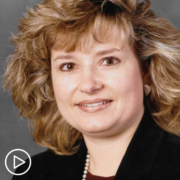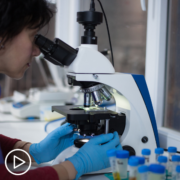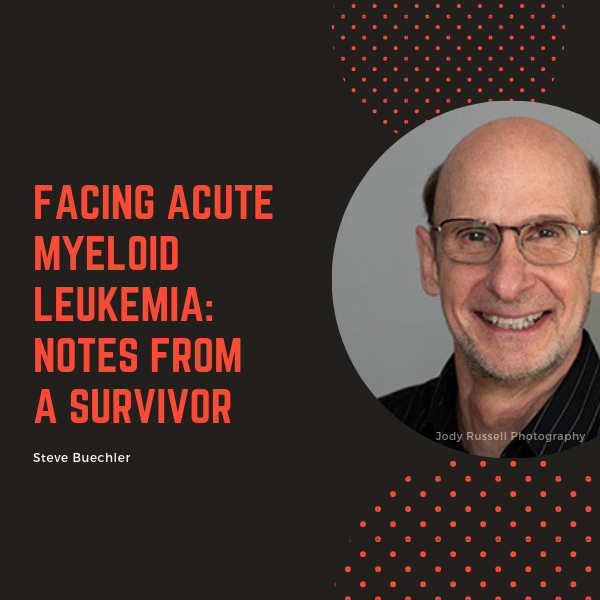Why Do Advanced Non-Melanoma Skin Cancer Patients Need a Multidisciplinary Care Team?
Why Do Advanced Non-Melanoma Skin Cancer Patients Need a Multidisciplinary Care Team? from Patient Empowerment Network on Vimeo.
Skin cancer expert Dr. Anna Pavlick explains what it means to have advanced non-melanoma skin cancer and discusses why patients should seek a multidisciplinary care team.
Dr. Anna Pavlick is a medical oncologist with over 20 years of experience treating patients with skin cancer and is the founding Director of the Cutaneous Oncology Program at Weill Cornell Medicine and NewYork-Presbyterian. To learn more about Dr. Pavlick, visit here.
Related Resources:

|

|

What Do Advanced Non-Melanoma Skin Cancer Patients Need to Know About Treatment and Research? |
Transcript:
Katherine:
Let’s start with some basic information for patients. What is advanced non-melanoma skin cancer?
Dr. Pavlick:
That’s actually a really good question, because many people think skin cancer is just skin cancer is just skin cancer. But when it comes to non-melanoma skin cancers, those are the types of cancers that are really much more common than melanoma. So we’re talking about your basal cell cancer, your squamous cell cancer, and even a more rare type of cancer called Merkel cell. Locally advanced non-melanoma skin cancers mean that these are lesions that are not easily removed by the dermatologist. So, it’s not a tiny little thing where you go in, you usually have a Mohs procedure for most of these types of cutaneous malignancies.
And a Mohs procedure is where a dermatologic surgeon will go and take thin layers – layer by layer – and look at it with a pathologist in order to determine if they’ve successfully cleared out the cancer. It allows for us to be very meticulous in how we take things out, but it also allows us to have a nice, clean, smaller resection area, so healing is also much nicer than if you had to cut out a big chunk of tissue.
But when you have locally advanced disease, sometimes that includes having such extensive disease that maybe cutting the lesion out is going to cause disfigurement, or they may be involved lymph nodes, and so we’re afraid that maybe this cancer can now go to other parts of the body. You know, it is just not a simple cut it out and you’re done kind of cancer.
It’s a kind of cancer that really requires a multidisciplinary team to really think about what are the best ways to manage this for the patient that’s going to provide the patient with the best cosmetic outcome, and long-term outcome control as well.
Katherine:
Who’s on that team?
Dr. Pavlick:
So in our academic center that team, or even in a community setting, that team should include a dermatologist, a medical oncologist, a surgeon – depending on where that cancer is located – many times it’s on the head and neck, so it would be a head and neck surgeon. If it’s an extremity or a trunk lesion, then it may be an oncologic general surgeon. Radiation oncology is also important to include because sometimes these are very radiation-sensitive tumors, and radiation may be a part of the whole treatment plan.










